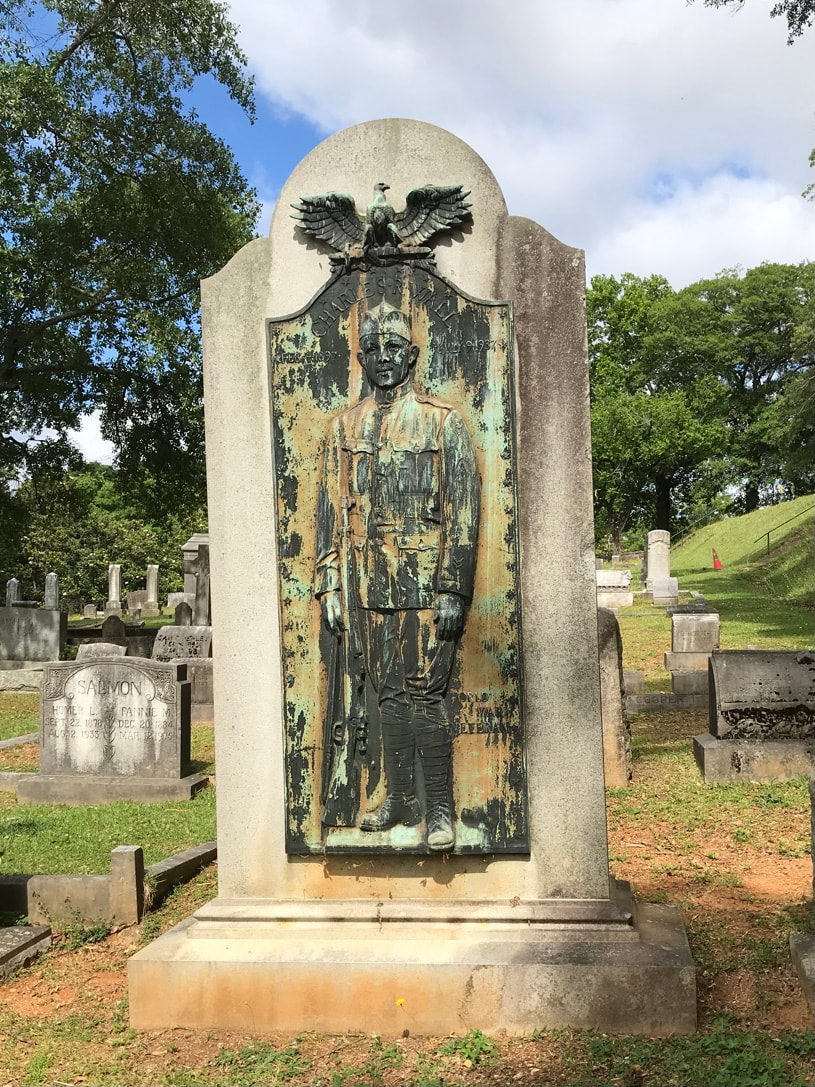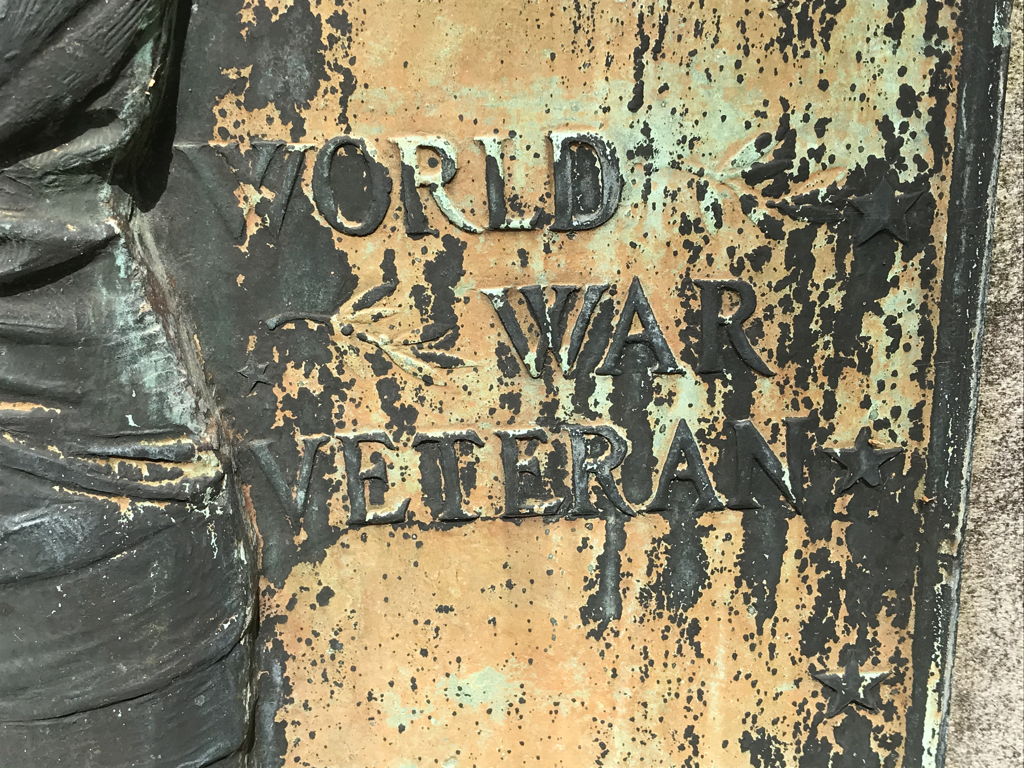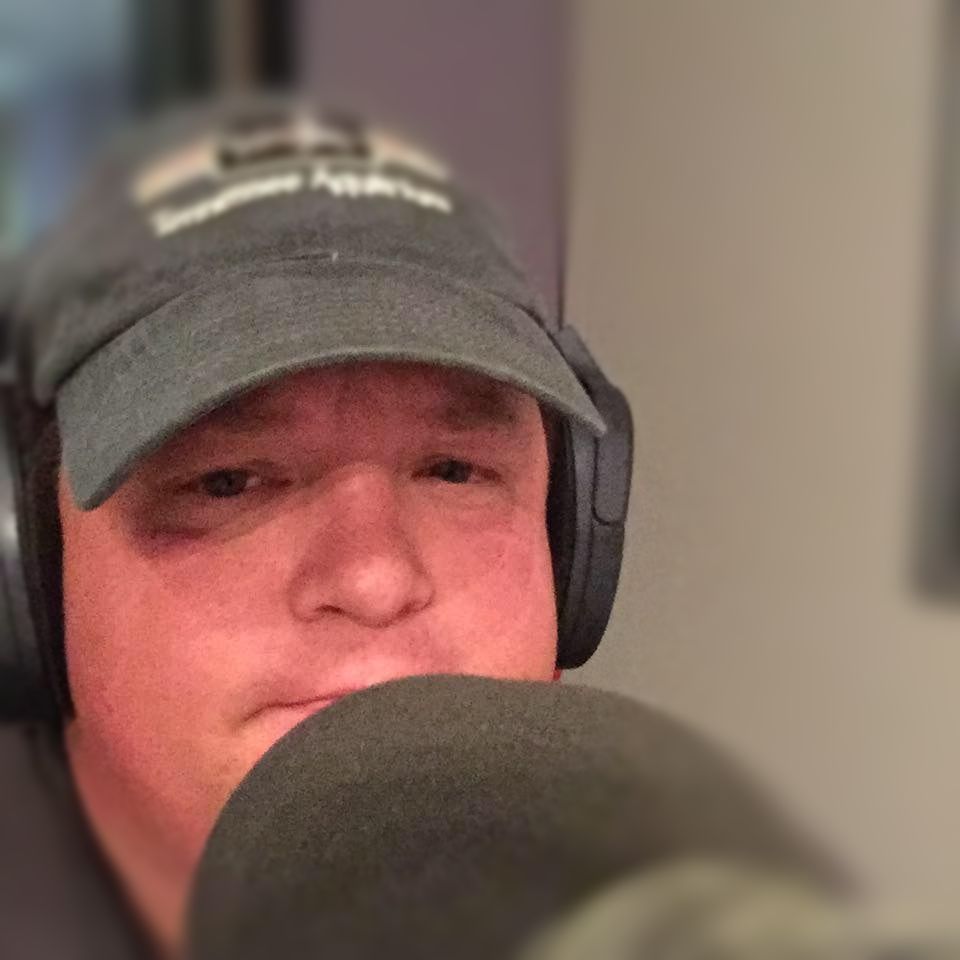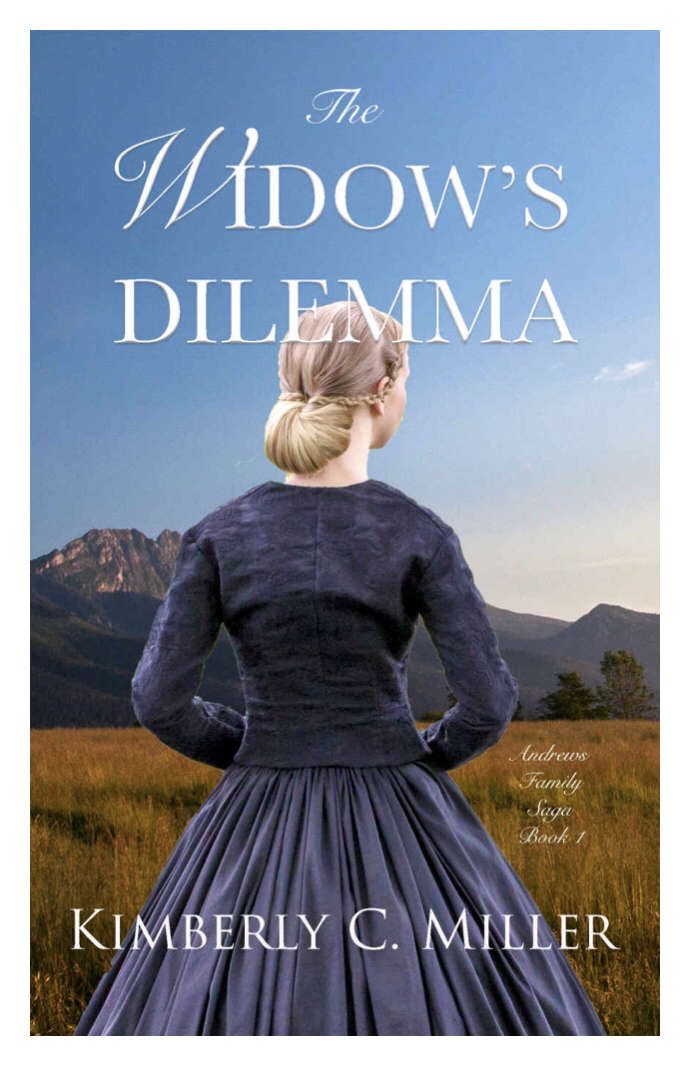|
Sam Burnham, Curator
Tucked in a corner between the rising slope of Myrtle Hill and the Veterans Plaza stands an impressive edifice. A tall stone tombstone with a large metal casting stands significantly higher than the surrounding grave markers. The casting depicts a soldier of the US Army. The uniform is from World War I, as is the rifle the man has at his side. Above the soldier’s head we see his name, Charles Wall. Charles Wall was born in 1897 and like so many men born about that time served in “The Great War.” He is noted on his memorial as a “World War Veteran.” That description seems incomplete in our time but Wall died in 1937, before anyone knew anything about World War II. He had fought in the largest, most destructive war anyone had ever seen. There were those who believed the war was so horrible that we would never see another war. Would that it were true. Wall returned home after the war. And he lived almost two decades. But he was suffering and slowly dying from wounds that he sustained over there. Like countless other combat veterans before and since, Wall was struggling with what we now know as PTSD, post traumatic stress disorder. Wall took his own life in 1937. It is easy to assume that when a veteran returns home visibly unscathed that they have survived safe and sound. But far too many have unseen wounds that they are ill-equipped to deal with. The stigma placed on mental illness combined with the perception that a veteran’s courage makes them impervious to such “weakness” keeps people from reaching out for help. Add to that the justifiable feeling that no one understands how they feel...(honestly, how could a civilian possibly understand?)...its a wonder this problem isn’t even worse. Stories like that of Charles Wall have led to groups who advocate for veterans. Organizations like Stag Vets are not only helping vats find therapy, they are developing the therapies needed to help those who lost part of themselves in service to their country. Charles Wall was certainly a casualty of WWI. His mother, who was not a rich woman, paid for the beautiful memorial that marks her son’s grave. How she must have struggled to help him as he suffered. But there no one to help her in that fight. In 2019 the Veterans Administration reported that suicide rates among veterans were 1.5 times that of the civilian population. The rate among women veterans is over five times higher than that of civilian women. So even with help available, this is still a massive problem. So on the holiday set aside to remember those who gave their lives for the cause of American freedom and independence, let’s not forget those who gave their lives even if it took a little longer for the war to kill them. More importantly, let’s work as a nation to change the situation for veterans. Let’s offer our support, drop the stigmas, and encourage our politicians take care of our veterans.
0 Comments
Leave a Reply. |
Sam B.Historian, self-proclaimed gentleman, agrarian-at-heart, & curator extraordinaire Social MediaCategories
All
Archives
November 2022
|






 RSS Feed
RSS Feed
